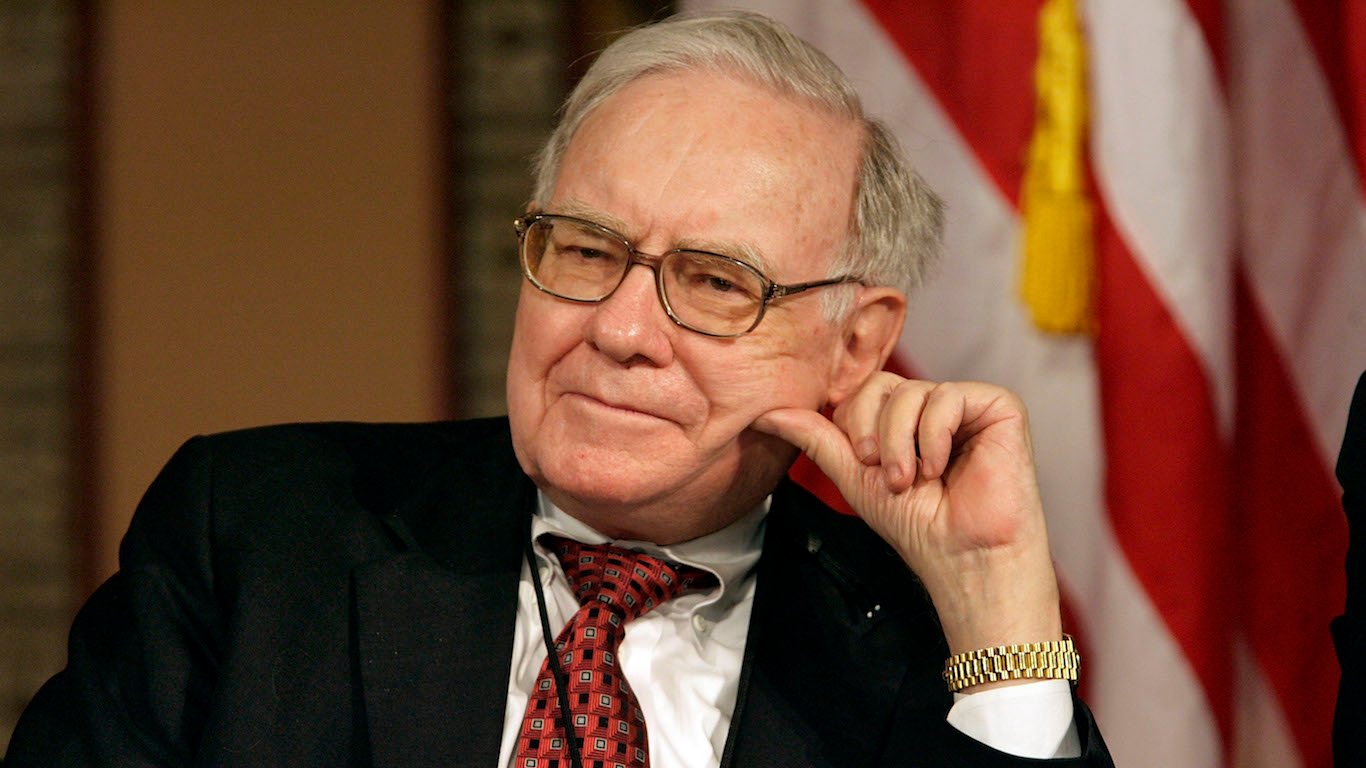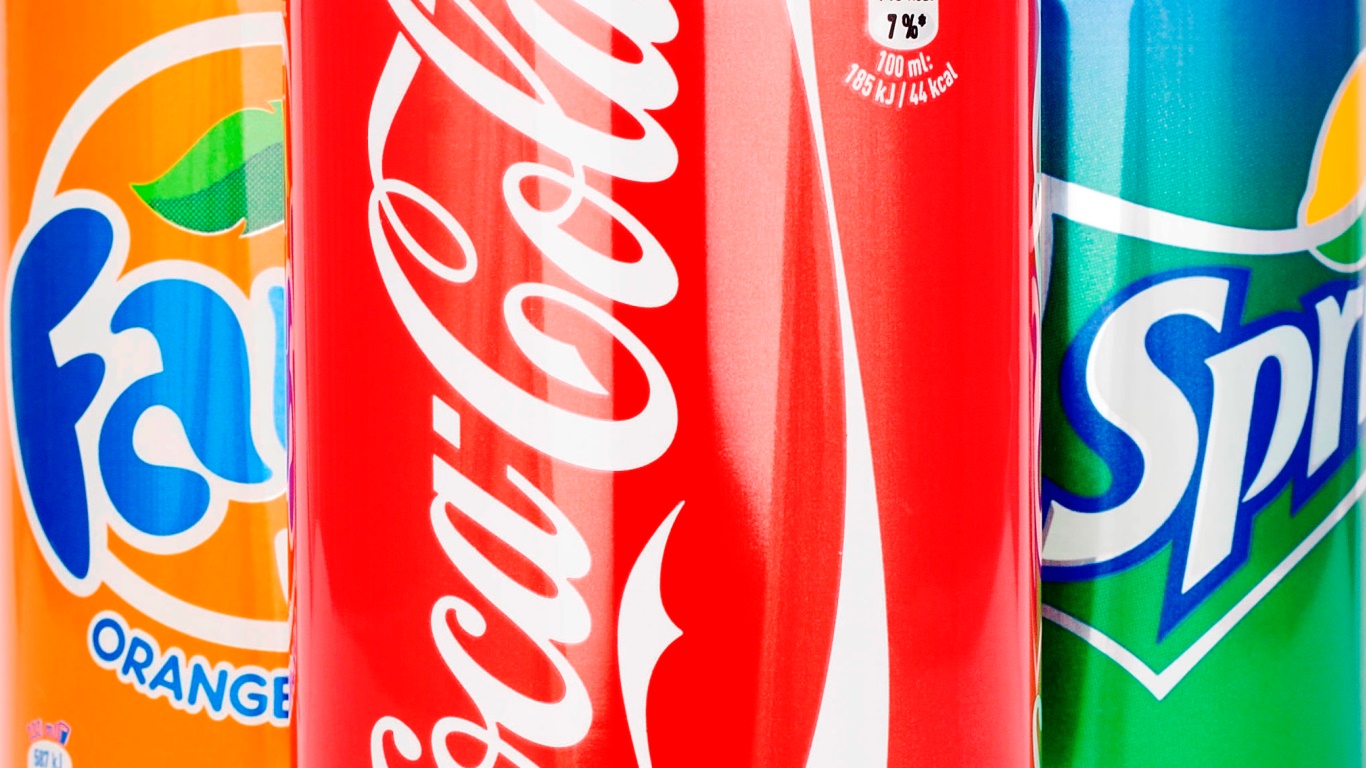

The economic reports and news from most companies has been grim for close to 90 days. Starting in late February, and coinciding with the prior peak of the stock market, the coronavirus that largely had been confined to China turned into the global COVID-19 pandemic. That brought an instant global recession, and gross domestic product is expected to be down 25% or more, and the real rate of unemployment is expected to be up over 20%. As businesses have been closed and are starting to reopen, there are some bright spots in the economy and in the public.
24/7 Wall St. has covered many aspects of the COVID-19 crisis, as well as how it pertains to the economy and the financial markets. Many cautious trends still cannot be ignored, and a double-dip of any recovery efforts is an ongoing risk. The economic readings are still atrocious on a standalone basis, but they are actually starting to show less carnage each week.
There are many more sectors that could be addressed, and frankly many other aspects on top of “flattening the curve” could be driving positive sentiment about the market, the economy and life in general. Here are ten issues that offer some views to explain the stock market gains, even as the reopening of America’s economy is still in the beginning stages.
The Stock Market’s Lead
First, the stock market is not the live economy and the economy is not the stock market. The S&P 500 was down 35% from its peak, and the Dow Jones industrial average was nearly down 40% from its peak, but they have rallied since the March 23 panic-selling lows. Those drops took an unprecedented five weeks to go from peak to trough. Yet, as of May 21, the Dow and the S&P 500 were down only 17% and 13%, respectively, from their prior highs.
Stimulus efforts include a direct stimulus payment to the public, very generous unemployment benefits, two rounds of the Paycheck Protection Program, the Federal Reserve buying endless amounts of bonds and assets, and the Fed’s monetary and liquidity stabilization plans. These and other efforts have acted to stave off what we called an insta-recession from becoming the Great Depression all over again.
A Cure, Vaccine or Treatment May Still Be Realistic
A second source of optimism comes from biotechnology, pharmaceutical and medical technology companies. Many companies have been bringing out large numbers of COVID-19 testing services, and the number of daily tests has risen exponentially from February and March, when tests were either not available at all or were scarce.
Companies such as AstraZeneca, Gilead Sciences, Johnson & Johnson, Moderna, Novavax and Sanofi are in the leadership positions to create vaccines, treatments and potential cures for COVID-19, even if the companies and officials have warned the public that actual developments would take months, perhaps even years, before they can be counted on. Shortages of personal protection equipment (PPE) are now much less of a problem than they had been in March.
The Peak of Unemployment Already May Have Been Seen
The report of 2.43 million weekly jobless claims for the week ending May 16 is 10 times what had been seen throughout average weekly reports up until March. That said, the initial surge as the recession was kicking into high gear saw its first catastrophic report at more than 6.8 million jobless claims. The following week fell to 6.6 million claims, and the numbers have come down since then.
While the total jobless claims have come to over 38 million in the past 90 days or so, the reopening of America is bringing back many of those jobs. The official unemployment rate for May, released in early June, probably will be at or above 20%, but that currently is expected to be the worst report, with a gradual improvement afterward.
Some Potential “Less-Bad” News in Manufacturing
Regional manufacturing remains dismal, but some reports have started to be less bad than prior ones. The Philadelphia Federal Reserve branch released its most current manufacturing indicators for May, showing a deep negative number of −43.1. However, it is a full 13 percentage point improvement over April’s dismal 40-year lows.
What else stood out in the report is that respondents were actually optimistic about growth expectations in the six-month outlook, despite the negative current conditions.
The Philly Fed’s new orders index rose 45 points from April’s all-time low of −70.9 up to −25.7 in May, with over 25% of firms surveyed reporting an increase in new orders versus “zero” in April. While there were still 51% of firms with decreases in new orders in May, that is an improvement from 71% reporting decreases in April. Lastly, the current shipments index rose by a sharp 44 points to −30.3 from April’s record low of −74.1.
Jerome Powell Is No Longer Deemed a Liability
The Federal Reserve also has been far more communicative that this will not be the end of the economy as we know it. Fed Chair Jerome Powell’s “whatever it takes” pledge to avoid a depression and to get the economy back to growth again has added fuel to the economy, after having been ridiculed by President Trump for being too slow and too hawkish long before the recession came into play. Add up two emergency rate cuts to 0% on short-term rates and a pledge to buy trillions worth of assets, and the recovery game was kicked off. The April 29 Federal Open Market Committee (FOMC) minutes even outlined potential predetermined paths to assist the economy further.
Fed-Heads Have Been Proactively Communicating
Other regional Federal Reserve presidents also have been vocal and supportive of the economy. St. Louis Federal Reserve head James Bullard spoke on May 20 and indicated that the fears of a second wave of the coronavirus may not be as large of a risk as feared. He also said that the economic crisis already has reached its peak, with a good chance that there will be a solid economic recovery in the second half of 2020.
Minneapolis Fed-head Neel Kashkari was more cautious in May, but he also said that the U.S. economy likely would be back to growth in the third quarter of 2020, even if it will be a long time before we return to the prior levels. John Williams, head of the New York Federal Reserve, also pledged that the Fed has an unwavering commitment to limit the economic damage caused by the pandemic and to foster conditions for a strong and sustained economic recovery.
Housing May Have Bottomed Already
Housing trends should see a big seasonal bump, as we have been in the spring and are entering the summer housing season. The COVID-19 recession, the waves of unemployment and spending cuts, and the social distancing and lockdown rules have all acted in unison to hurt home sales.
The U.S. Department of Commerce reported that U.S. housing starts for the month of April came in at just 891,000 on a seasonally adjusted annualized rate. That was a 30% drop from March and the slowest pace since February of 2015. New construction permits dropped 20.8% in April as well.
These were incredibly weak numbers, but the National Association of Home Builders has released a more current reading, covering the month of May, for current sales of new homes, sales of new homes expected over the next six months and the homebuyer traffic for new homes. The NAHB data had shown a ghastly drop of 40 points from March to April’s 30 reading, but the more current index for May was already back up to 37 and above expectations.
The Price of Oil Has Recovered
Another boost has come from the energy sector. China and other nations already were showing weak demand for oil early in 2020. As the United States and Europe were going into their own lockdowns, demand for gasoline and other energy products fell, while already committed production at previously hedged prices kept coming on to the markets. U.S. crude oil prices went so low that there were even negative futures contract prices for an instant, due to nuances in the market. Zoom forward a few weeks, and oil was back above $20 per barrel. Now, oil prices have even gone back above $30 per barrel.
The price of oil is a leading indicator of economic activity, and with the economy reopening and people driving again, it is believed that the worst is over there.
Small Businesses Have Been Funded
Small businesses more or less have received their government funding to keep employees on their payrolls. Since the launch of the Paycheck Protection Program on April 3, the Small Business Administration had processed over 3.8 million loans for more than $500 billion in total dollars in the first month. The latest, May 16, 2020, report showed that more than 4.34 million loans had been approved with a total of $513 billion funded.
It remains to be seen what happens after June 30, but efforts in Congress that have been supported by Treasury Secretary Steven Mnuchin could extend the June 30 deadline to use the PPP funds and to loosen the minimum 75% rule mandated for payrolls in order to qualify for loan forgiveness.
Can the Ongoing Risks and Uncertainty Be Overcome?
As with all downturns and recessions, the financial markets always get ahead of the actual recovery. The stock market bottomed on March 23, 2020, and while one can never say the lows cannot be tested again, the markets have recovered enough that some investors might say, “it’s not even a bear market anymore.” The nation has yet to see the second-quarter report on GDP that could show −25% or even −30% GDP, and the nation has not yet officially seen the 20% unemployment rate that is expected for May.
Corporate earnings also may have bottomed in the second quarter of 2020, with recoveries coming after the summer. There is also a continued risk that as the economy reopens there will be large spikes in the number of COVID-19 cases, and that could force businesses to close back up or it could spook consumers from wanting to go out.
Sponsored: Want to Retire Early? Here’s a Great First Step
Want retirement to come a few years earlier than you’d planned? Or are you ready to retire now, but want an extra set of eyes on your finances?
Now you can speak with up to 3 financial experts in your area for FREE. By simply clicking here you can begin to match with financial professionals who can help you build your plan to retire early. And the best part? The first conversation with them is free.
Click here to match with up to 3 financial pros who would be excited to help you make financial decisions.
Thank you for reading! Have some feedback for us?
Contact the 24/7 Wall St. editorial team.
 24/7 Wall St.
24/7 Wall St. 24/7 Wall St.
24/7 Wall St. 24/7 Wall St.
24/7 Wall St.


